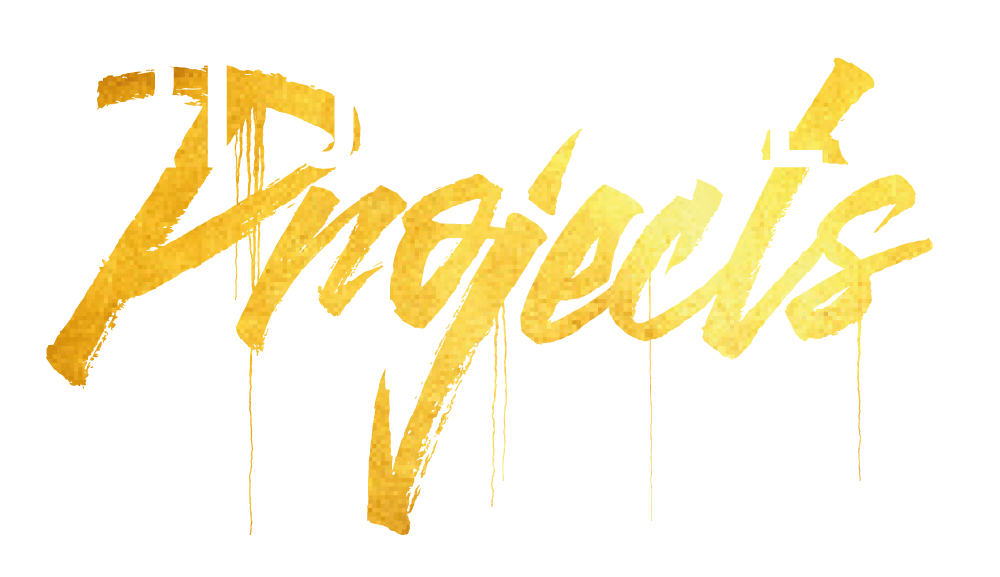Unleashing Potential: The Art of Protest's 5 C’s based Creative Learning Model
The traditional education system often gets a bad rap for stifling creativity and failing to engage a significant portion of students - and maybe for good reason. Perhaps decades of systemised exam passing and box-ticking is shutting out too many ‘consumers of education’. However, Art of Protest (AOP) believes there's an alternative way to help young people build skills and esteem. We broadly refer to this as ‘Creative Learning’ - a unique learning approach built on what we call the 5 C’s which aims to empower young people to find their voice, develop essential human skills, and thrive in a fast-changing world, regardless of one’s academic ability, social background or learning style. At its core, Art of Protest’s Creative Learning model is centred around unlocking the potential of people.
Curious + confidence + capable + Collborative + Creativtiy
The 5 C's: Building Blocks for Unlocking Potential
Art of Protest's 5 C’s – Curiosity, Confidence, Collaboration, Capability, Creativity – form a comprehensive framework for nurturing well-rounded individuals. Let's delve deeper into each "C" and explore each element and why it matters:
Curiosity: Imagine a mind brimming with questions, eager to explore and learn. Curiosity is the spark that ignites a love for learning. As Gemma Waygood, AOP's Senior Project Manager points out, citing Stenger (2014), “a curious mind is not only more engaged but also less likely to get distracted.” Curiosity is contagious – it enhances any learning environment encouraging exploration and discovery. Through our environment of creative learning, we provide a safe and suitable environment by incorporating just the right amount of support to meet that child’s needs. Participants are encouraged to think outside the box, and we facilitate an assurance that there are no mistakes or wrong ways to create a piece of art. Through this guidance, we find we allow the participant to let down their walls and vulnerabilities. This approach pushes away their worry of “What if it’s not good enough? What if someone else’s is better” and instead replaces it with a place where they’re reminded that it’s only through the inevitable mistakes that will occur that enough curiosity to be sequestered to unleash their ultimate power: the power of creativity.
Confidence: Feeling good about oneself and one's abilities is crucial for self-expression and self-esteem. Statistics from the Mental Health Foundation highlight the growing prevalence of mental health issues among today’s young people. AOP recognises the importance of fostering agency and resilience, aligning with the principles of humanism (Fostering Network). Confident individuals are more likely to own an idea, share it and take risks in pursuing it, creating a richer and more rewarding learning experience for all. That’s why we provide quick and immediate results, with supportive affirmations woven into practice throughout.
Collaboration: Learning from and working with others is a critical skill in today’s world of work. Social learning theory emphasises the importance of peer interaction and boy, does that carry a currency like never before in today’s social media metaverse! Collaboration fosters communication, expression, teamwork, and the ability to build upon each other's ideas, all essential for innovation, entrepreneurship and success in today's world. Large-scale creative projects, like street art, exemplify the power of collaboration and working in multidisciplinary teams to bring big ideas to life at scale.
Capability: A strong foundation of knowledge and skills is essential for growth. AOP's approach integrates with various learning theories, such as Constructivism (building on existing knowledge), David Kolb's experiential learning theory, and Engestrom's expansive learning theory.. Each stage of learning scaffolds off the previous one, allowing students to develop a robust skill set and a sense of capability. There’s nothing like feeling in control to boost a young person’s learning curve.
Creativity: Creativity is the output of curiosity + confidence + collaboration + capability. AOP recognises the importance of nurturing cultural capital to imagine and solve problems in unconventional ways. Creative Critical Thinking thrives in environments that require thinking outside the box and embracing diverse perspectives, as highlighted by Donovan et al. (2014). Unfortunately, standardised testing and rigid curriculums can stifle this type of creativity. By contrast, AOP's approach is inspired by play-based learning (UNICEF, Smith & Pellegrini) and fosters a joyful and engaging atmosphere where leaps of creativity and imagination can and will flourish.
Beyond the Model: A Culture of Learning
The 5 C's are more than just a theoretical framework; they represent a core belief system at AoP. This ethos translates into actionable practices that empower educators to nurture these qualities in their students. The model also allows for ongoing assessment and adaptation, ensuring a fresh, dynamic and responsive learning environment.
Now envision the 5 C's less as a linear progression but more as a 3D model where growth in each area is interconnected and exponential. This holistic approach underpins the creative growth journey of every young person. At least we would like it to be so….
A Brighter Future.
Art of Protest's message is and always will be one of hope.
As part of an alternative education provision, we are committed to sparking curiosity, nurturing creativity, and cultivating the confidence, collaboration, and skills essential for the future. We believe these qualities can empower a new generation to thrive, not just survive. Art of Protest’s Creative Learning is dedicated to offering the right resources at the right time and in the right way, helping young people break free from cycles of disengagement and disadvantage, and guiding them toward a brighter future. Join us in this collaborative journey—we're all in this together!
















